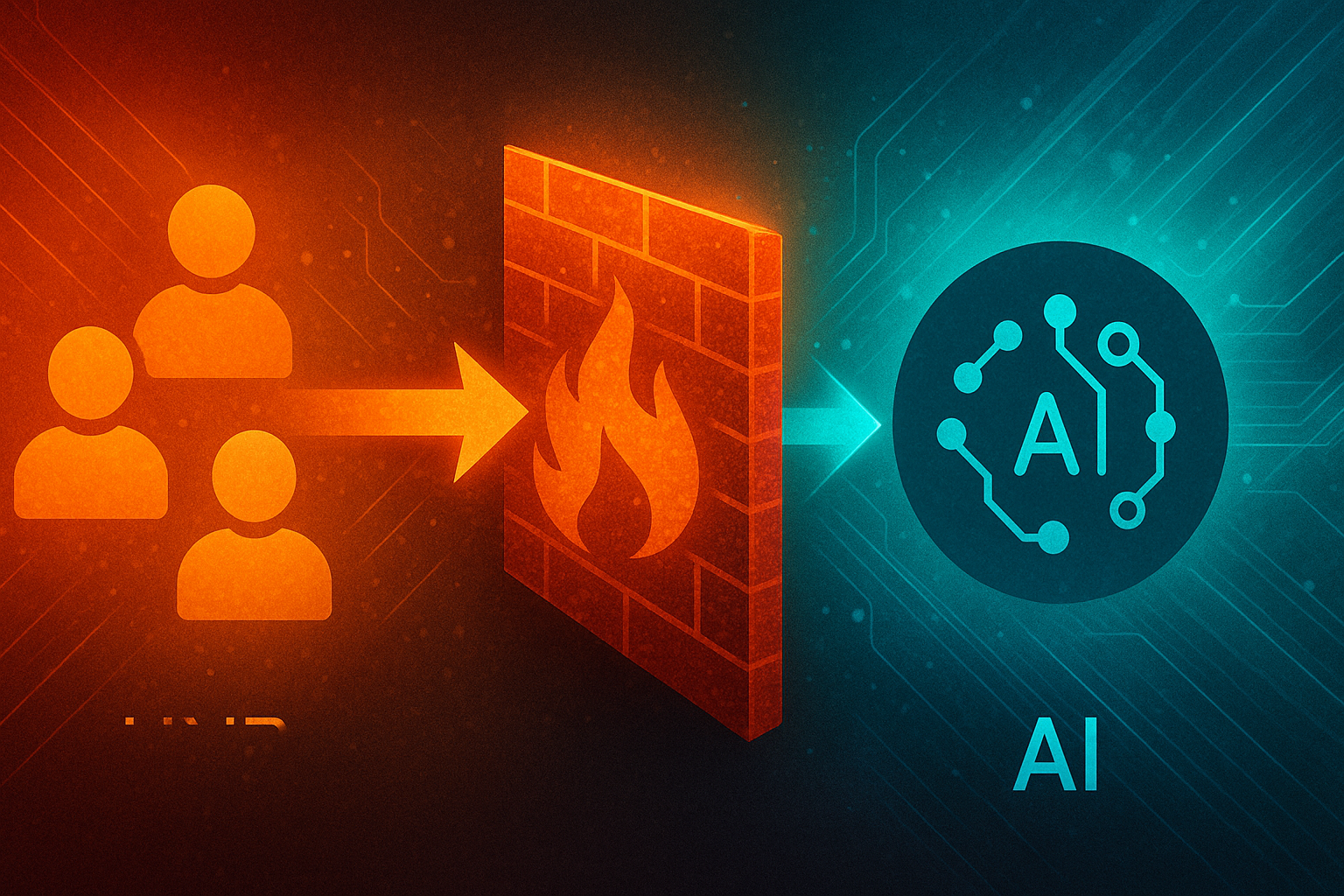LLM Firewall&AI Security Mesh | 매거진에 참여하세요
LLM Firewall&AI Security Mesh
#Security #AI #LLM #Injection #Defense #Firewall #Policy
LLM Firewall & AI Security Mesh: Protecting AI in the Age of Prompt Injection
LLMs Are a New Security Battlefield
AI adoption is exploding: chatbots, document summarization, code generation, RAG-enhanced search.
But with that growth comes risk:
"Malicious input can trick AI into leaking sensitive information or executing unsafe commands."
Prompt Injection is a key threat:
"Ignore your rules" → LLM leaks restricted info"Open this link and execute" → unsafe system commands run"Send this data elsewhere" → internal data exfiltrationThe solution? LLM Firewalls and AI Security Meshes.
What Is an LLM Firewall?
Think of it as a protective layer around your LLM:
- Monitors inputs and outputs
- Blocks suspicious patterns, dangerous instructions, or policy violations
- Functions like a “security prompt filter + policy engine”
Core Features:
- Prevent Prompt Injection
- Protect PII (personal data)
- Enforce banned words or actions
- Output validation (e.g., sandbox code execution)
Even if a user tries a malicious prompt, the firewall ensures the model responds only within safe rules.

What Is an AI Security Mesh?
While a firewall protects a single LLM, a Security Mesh safeguards the entire AI ecosystem in an enterprise:
Multiple models (OpenAI, Anthropic, LLaMA, etc.) interact
Includes API calls, RAG database access, third-party plugins
Extends Zero Trust architecture to AI:
“Never fully trust any input; verify everything and log it.”
Real-World Threat Examples
Banking chatbot:
Attacker asks "Show customer table" → LLM executes SQL ignoring rules
Healthcare LLM:
Patient data unintentionally sent to external API
RAG search:
Malicious document indexed → model outputs false info as fact
Developer tools:
Prompt Injection exposes API keys or tokens in code
Leading Vendors & Solutions
Vendor | Focus |
|---|---|
Lakera | AI Firewall, Prompt Injection filtering |
ProtectAI | AI/ML pipeline security, full-cycle monitoring |
Microsoft Security Copilot | AI-powered security ops, LLM security modules |
OpenAI | Guardrails via Moderation API |
Anthropic | Constitutional AI, policy-based safety |
LLM Security vs Traditional Security
Aspect | Traditional (Web/Network) | LLM Security |
|---|---|---|
Attack Vector | SQLi, XSS, CSRF | Prompt Injection, Jailbreak |
Defense | WAF, IDS/IPS | LLM Firewall, Security Mesh |
Monitoring | Logs | Prompts & responses |
Rule Management | Signatures | Policy + AI detection |
Limitation | Blocks known patterns | Must handle context & creative attacks |
Cost & Operational Considerations
LLM Firewalls can increase latency and API usage costs
For high-risk sectors, the cost is justified: “one security breach vs minor extra cost”
Security Mesh centralizes logs, policies, and monitoring → operational efficiency
Future Outlook
- Standardization: OWASP AI security guidelines coming
- Regulation compliance: EU AI Act, US AI Bill of Rights → LLM security mandatory
- Automated Guardrails: AI-driven firewalls reduce manual policy coding
- Multi-agent security: AI systems cooperating safely will require mesh/proxy structures
Key Takeaways
LLM Firewalls & Security Meshes are no longer optional.
Low-risk personal projects may skip them
High-risk domains (finance, healthcare, education, government) cannot launch without them
Developers must think beyond which model to use—they must plan how to protect that model safely.






